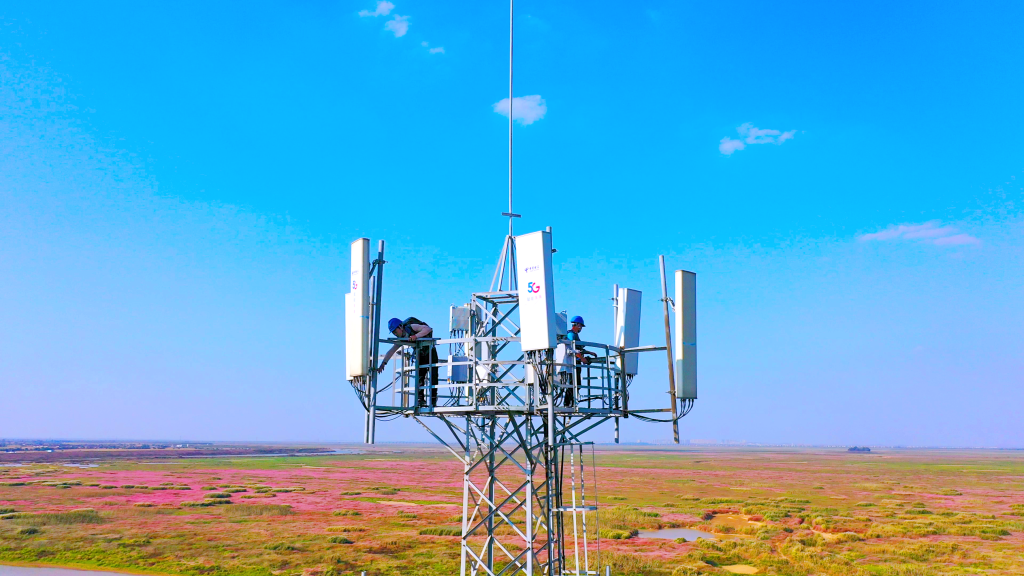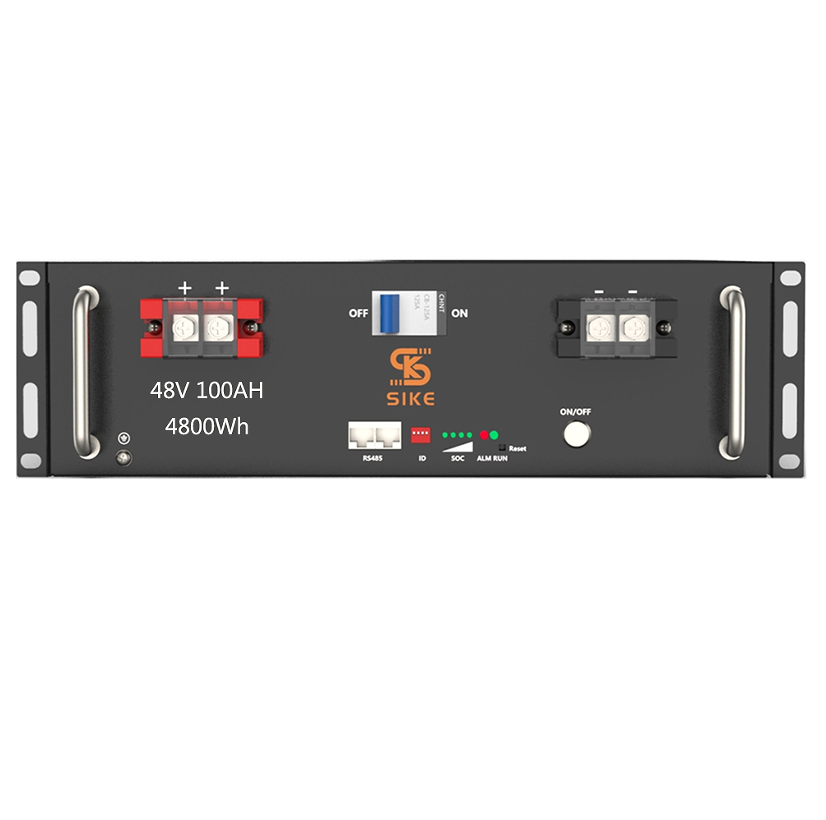How to Choose a Telecom Battery?
Selecting the right telecom battery is critical for ensuring reliable, uninterrupted power for telecommunications infrastructure. With diverse battery types and specifications available, choosing the best option can be challenging. This guide explores key factors to consider when selecting a telecom battery, focusing on popular types like 12V GEL battery, 12V front access battery, 2V long life battery, and 48V server rack lithium battery. Whether you’re sourcing from telecom battery suppliers or evaluating options from telecom battery manufacturers, this article will help you make an informed decision.

Understanding Telecom Battery Types
Telecom batteries come in various chemistries and designs, each suited to specific applications. Here’s an overview of the most common types:
-
12V GEL Battery: These valve-regulated lead-acid (VRLA) batteries use a gel electrolyte, making them maintenance-free and resistant to vibration and leakage. They are ideal for telecom sites with stable environments and moderate power demands.
-
12V Front Access Battery: Designed for easy maintenance, these VRLA batteries have terminals on the front, simplifying installation in tight spaces like telecom cabinets. They are popular for their reliability and accessibility.
-
2V Long Life Battery: These batteries offer extended service life (up to 20 years) and high capacity from 200Ah to 3000Ah, making them suitable for large-scale telecom installations requiring long-term reliability.
-
48V LiFePO4 Lithium Battery: Known for their lightweight design, high energy density, and long cycle life, 48V telecom batteries using lithium iron phosphate (LiFePO4) are increasingly popular for modern telecom systems, especially in off-grid or hybrid setups.
Choosing the right type depends on your telecom system’s power requirements, space constraints, and budget.
Key Factors When Choosing a Telecom Battery
To select the best telecom battery, evaluate the following factors:
-
Power Requirements: Calculate the load and backup time needed. For example, 48V LiFePO4 lithium batteries are efficient for high-power demands, while 2V long life batteries suit large, stable systems.
-
Cycle Life and Durability: Lithium telecom batteries typically offer 3,000–5,000 cycles, far exceeding the 500–1,000 cycles of GEL or VRLA batteries.
-
Environmental Conditions: Consider temperature and humidity. GEL batteries perform well in stable conditions, while lithium batteries handle extreme temperatures better.
-
Size and Weight: 12V front access battery is narrow size specially designed for telecom, 48V telecom batteries (LiFePO4) are compact and lightweight, ideal for space-constrained sites, whereas 2V batteries are bulkier but suited for stationary setups.
-
Maintenance Needs: Front access batteries simplify maintenance, while lithium batteries require minimal upkeep.
By aligning these factors with your telecom site’s needs, you can narrow down the best battery type.
Benefits of Lithium Telecom Batteries
Lithium telecom batteries, particularly 48V server rack lithium batteries, are gaining traction due to their superior performance. Key benefits include:
-
High Energy Density: Lithium batteries store more energy in less space, making them ideal for compact telecom setups.
-
Longer Lifespan: With up to 10–15 years of service life, they outlast traditional lead-acid batteries.
-
Fast Charging: Lithium batteries charge faster, reducing downtime in critical telecom operations.
-
Eco-Friendly: LiFePO4 batteries are non-toxic and recyclable, aligning with sustainability goals.
-
Temperature Resilience: They operate efficiently in a wide temperature range, reducing cooling costs.
For modern telecom networks, especially 5G infrastructure, 48V lithium telecom batteries offer a reliable and efficient power solution.
Costs and Long-Term Value
Cost is a significant consideration when choosing a telecom battery. While 12V GEL batteries and 12V front access batteries have lower upfront costs, their shorter lifespan and higher maintenance needs can increase long-term expenses. In contrast, 2V long life battery and 48V LiFePO4 lithium batteries have a higher initial cost but offer better value due to their durability, low maintenance, and energy efficiency.
When sourcing from telecom battery suppliers or manufacturers, request detailed cost breakdowns, including installation, maintenance, and replacement expenses. Additionally, factor in potential energy savings from lithium batteries’ higher efficiency.
Choosing Reliable Telecom Battery Suppliers
Partnering with reputable telecom battery suppliers and manufacturers ensures quality and support. Consider the following when selecting a supplier:
-
Product Certifications: Look for batteries certified to international standards like UL, CE, or IEC for safety and performance.
-
Warranty and Support: Opt for suppliers offering robust warranties and technical support for installation and maintenance.
-
Customization Options: Some manufacturers provide tailored solutions, such as custom voltage or capacity for 48V telecom batteries.
-
Reputation and Reviews: Research supplier track records through customer reviews and industry feedback to ensure reliability.
Request quotes from multiple suppliers to compare pricing, delivery times, and after-sales services.
Conclusion
Choosing the right telecom battery involves balancing power needs, environmental conditions, and budget constraints. Whether you opt for a 12V GEL battery, 12V front access battery, 2V long life battery, or 48V LiFePO4 lithium battery, understanding their unique benefits is key. Lithium telecom batteries, especially lithium 48V telecom batteries, are increasingly favored for their efficiency and longevity, making them ideal for modern telecom networks. Partner with trusted telecom battery suppliers or manufacturers to secure high-quality products and support. By considering these factors and best practices, you can ensure uninterrupted power for your telecom infrastructure.
